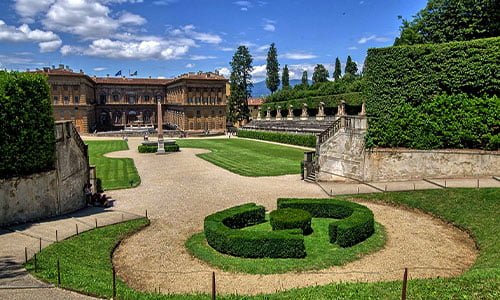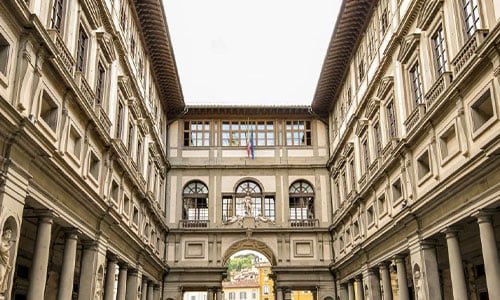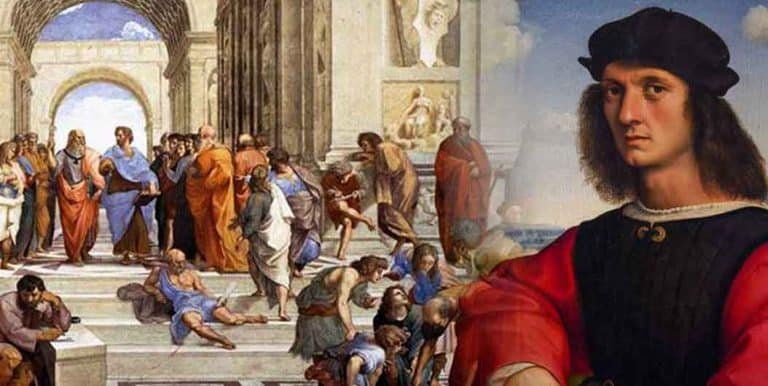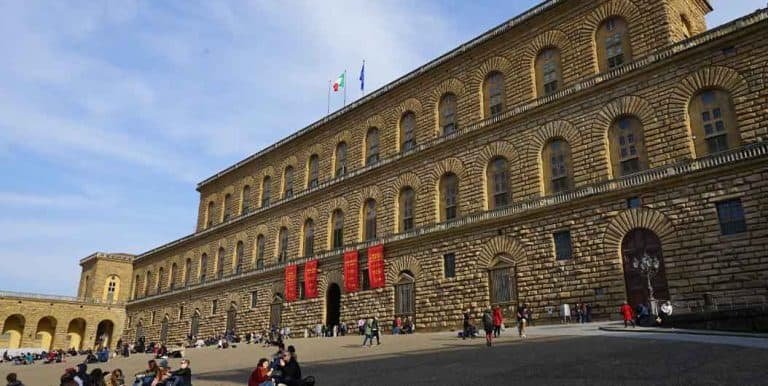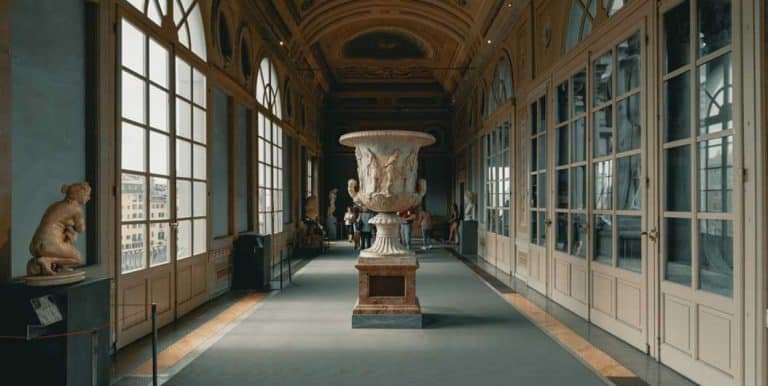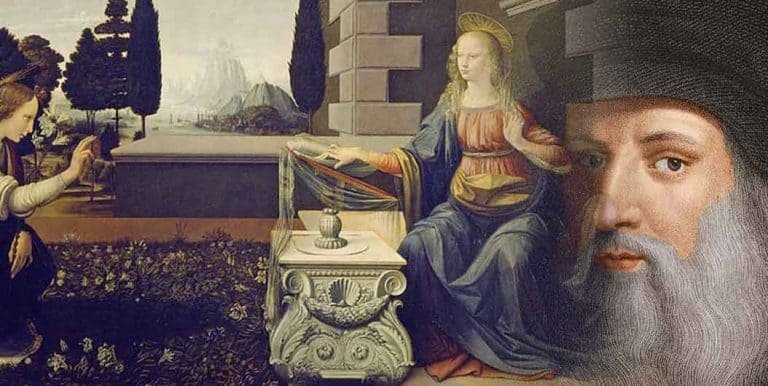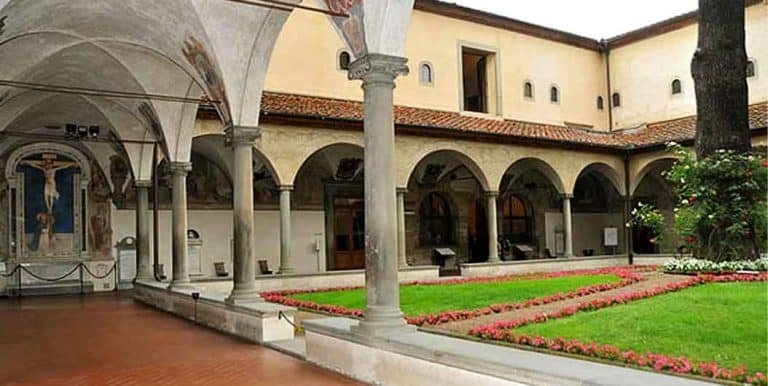The Cathedral of Florence is one of the wonders of Italy
The Cathedral of Florence, or Santa Maria del Fiore, is the third-largest church in the world, following St. Peter’s in Rome and St. Paul’s in London. It measures 153 meters in length and 90 meters high, and 90 meters in width.
Created in the style of Arnolfo di Cambio and dedicated by Arnolfo di Cambio by Arnolfo di Cambio, it was dedicated to Santa Maria del Fiore; the flower (‘fiore’) in question is a reference to the lily, which is a symbolic symbol for the city.
Santa Maria del Fiore was constructed over a cathedral, which was the second constructed in Florence and dedicating it to Santa Reparata. It is possible to look over the remains of the old church in the crypt. These were discovered during the 20th century and Are the most significant evidence of the beginning stages of Christianity in Florence.
Due to the time it took to construct this Cathedral of Florence (1296 – 1436), The structure has distinct styles, reflecting the period during which each part was completed.
The facade is adorned with marble panels that are colored in shades of pink and green with white borders.

The Cathedral of Florence also referred to as the Duomo, is situated in Piazza del Duomo, where Baptistery and Giotto’s Campanile are present. Together, they comprise what is known as the Cathedral complex, which is part of the Unesco World Heritage Site that includes the entire historical center of Florence.
The Cathedral complex is Florence’s main tourist attraction and is frequently the first place tourists visit on their way to Florence. This is why it is recommended to reserve tickets before your visit, particularly when you plan to climb the famed Dome ( cupola )created by Brunelleschi and Giotto’s Campanile. There are many steps, but it is worth it!
The Cathedral of Florence today:
Today, it’s possible to walk the Cathedral’s terraces to enjoy an amazing view of Florence’s central area and the surrounding hills. It also offers an in-depth view of the marble floors that were recently restored, as well as the stunning Brunelleschi’s Cupola and Giotto’s Campanile.

